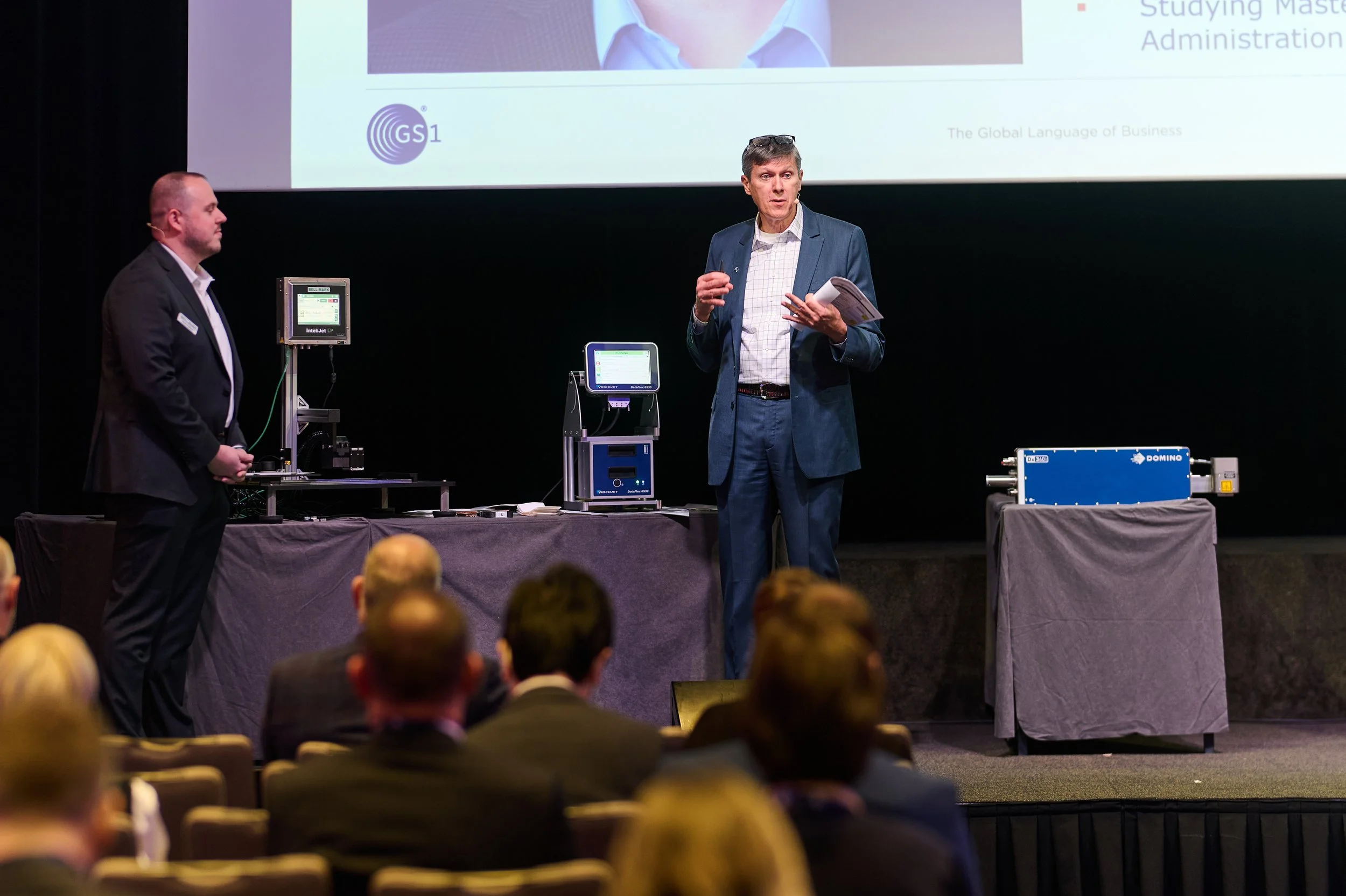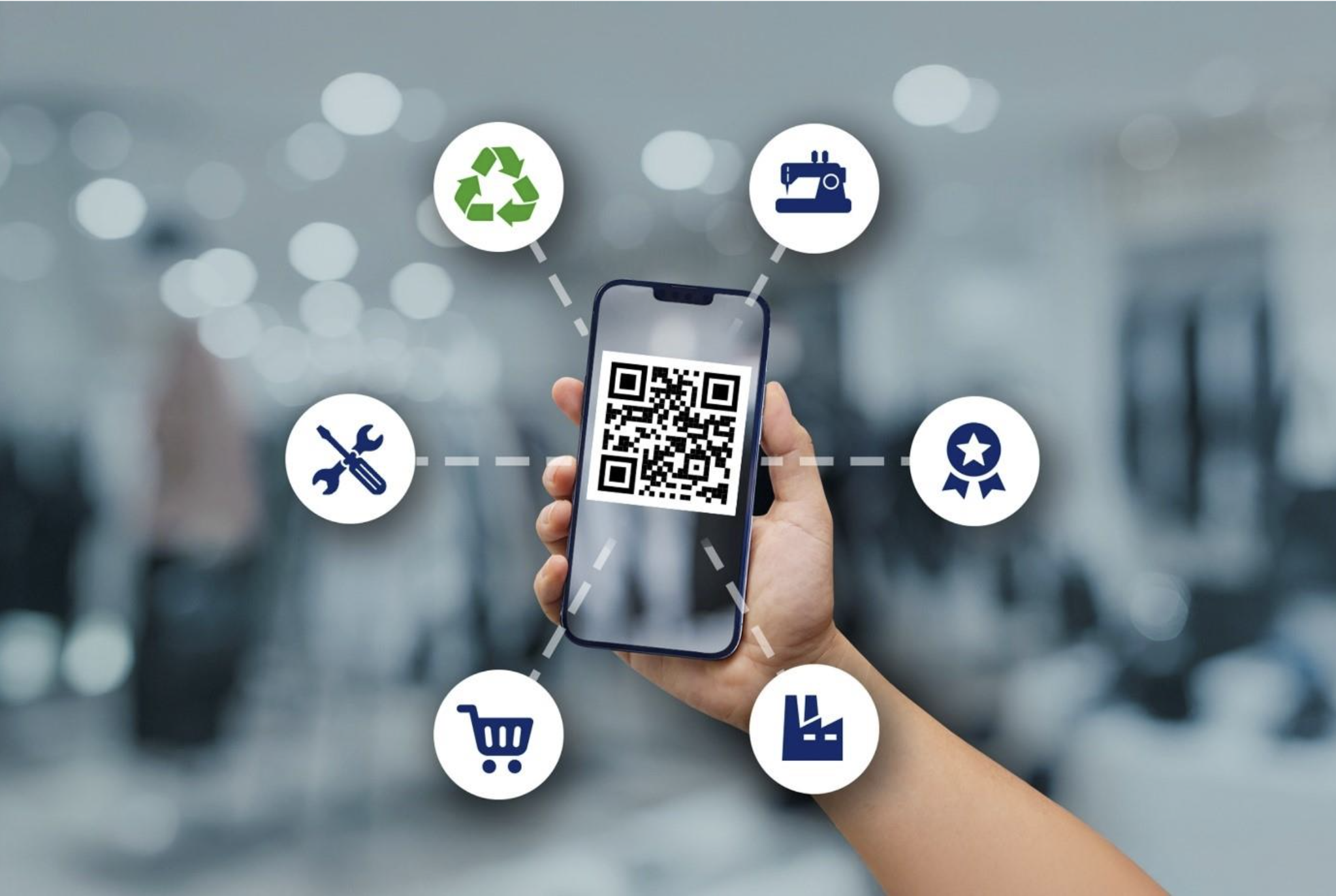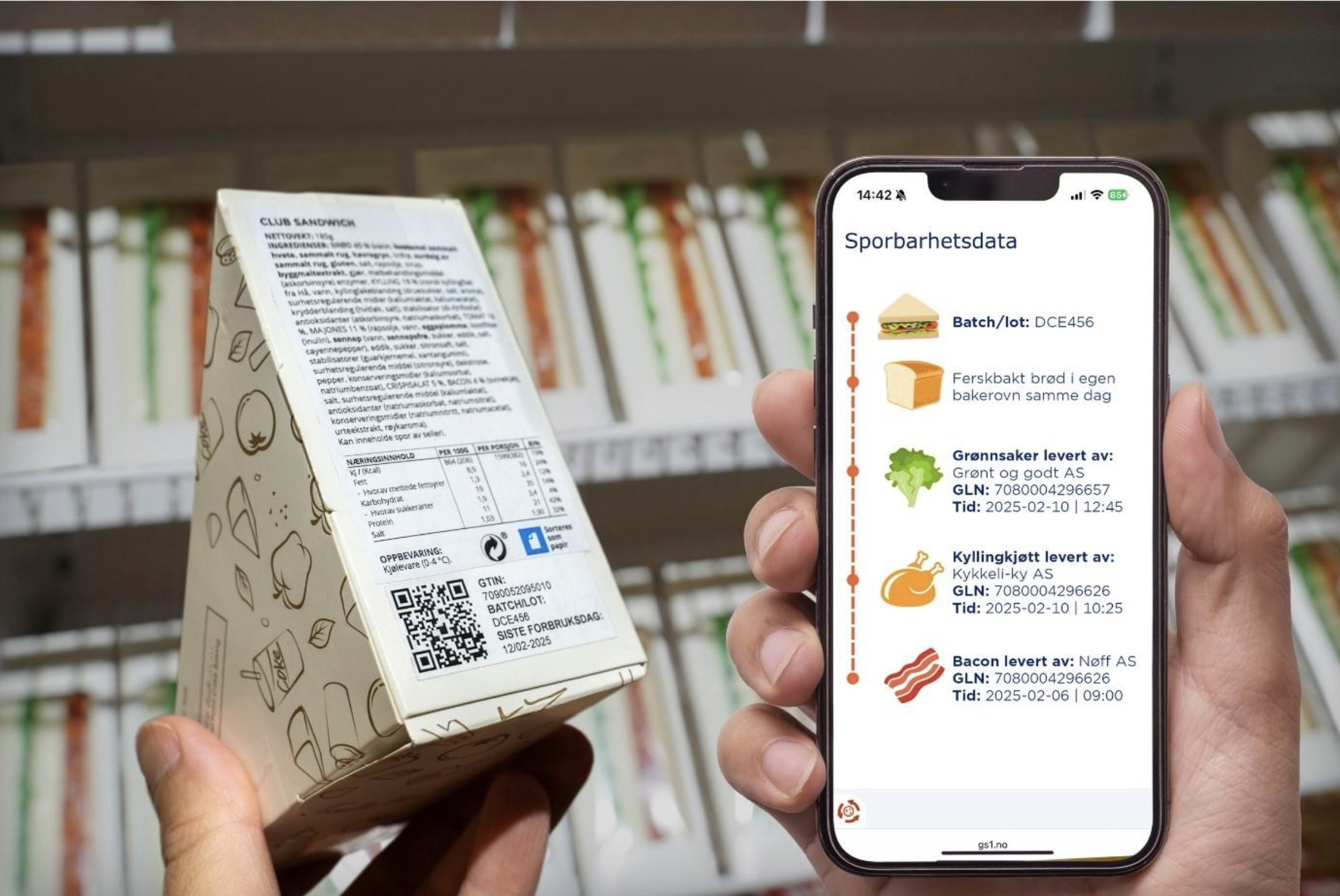
Conference Topics
Global trade is facing increasing uncertainty, geopolitical shifts, and new demands for transparency. How can companies build resilience and secure growth in a world where supply chains are constantly being reshaped?
Together we explore strategies for international collaboration, data-driven visibility, and building trust in the future of global commerce.
Digitalization
Digital transformation is only as strong as the data behind it. Leading companies share concrete experiences on how standardized data exchange creates measurable business value, from efficiency gains to risk reduction.
Discussions will highlight how traceability across complex value chains can turn compliance requirements into opportunities for competitiveness.
Navigating the Wave of EU Regulations
A tsunami of new EU sustainability regulations is approaching. For many companies, the challenge lies not only in compliance, but in managing the vast amounts of data these frameworks demand.
GS1 provides the key. With global standards for identification, interoperability, and data sharing, GS1 enables companies to transform regulatory pressure into structured processes, trusted information, and scalable solutions. Instead of drowning in complexity, businesses can ride the wave – turning compliance into efficiency, resilience, and growth.
At the GS1 Nordic Summit, industry leaders and regulators will show how GS1 standards are becoming the common language that unlocks value in a heavily regulated future.
A Sustainable Future: Stay Compliant, Be Transparent & Boost your Business
The discussion revolves around traceability, standardization and digitization as enablers to meet an increased amount of sustainability regulations.
How can companies identify, handle and share data from their value chain? How can requirements be turned into business benefits? And how will the EU facilitate the introduction?
Global Sourcing and Production: Do You Really Know Your Suppliers?
In today’s interconnected economy, global sourcing and production offer efficiency and scale – but they also bring complexity and risk. From ethical sourcing and carbon footprints to geopolitical instability and regulatory compliance, companies are under growing pressure to know exactly who their suppliers are, and how their products are made.
The challenge is visibility. Without trusted, standardized data, blind spots in the supply chain can lead to reputational damage, compliance failures, and missed opportunities.
GS1 standards provide the framework for end-to-end transparency. By enabling consistent identification, traceability, and data sharing across borders and industries, GS1 empowers businesses to build deeper insights into their supplier networks – reducing risk while strengthening trust and resilience.
At the GS1 Nordic Summit, we address the hard questions: How well do you know your suppliers? And how can global standards help transform supply chain complexity into clarity?
Digital Product Passports: Building Trust Through Standards
The EU is introducing Digital Product Passports (DPPs) as a cornerstone of the Green Deal. These passports will require companies to provide detailed, transparent information on product origin, composition, environmental footprint, and lifecycle impact. For businesses, this represents both a challenge and an opportunity: how to ensure compliance while creating value from data.
The key is trust. Digital Product Passports only work if the data they contain is accurate, interoperable, and accessible across borders and industries.
That’s where GS1 comes in. With decades of experience as the global language of business, GS1 standards offer a proven, neutral, and scalable foundation for DPP implementation. By using GS1 identifiers and data-sharing frameworks, companies can be confident that their product information is trusted, future-proof, and aligned with regulatory requirements.
At the GS1 Nordic Summit, we will explore how GS1 provides a safe and reliable path to success in the era of Digital Product Passports.[Lena Cou
GS1 Digital Link – Connecting Products to the Digital World
How can product information move beyond the barcode to create real value for businesses and consumers?
In this session, leading companies will share how they use GS1 Digital Link to drive transparency, strengthen customer engagement and meet new regulatory demands. Discover how linking physical products to digital information unlocks smarter traceability, better sustainability insights and new business opportunities.
From
Compliance to Competitiveness
New European regulations are setting ambitious requirements for transparency, reporting, and sustainability. But with the right approach, regulation can become a catalyst for innovation rather than a burden.
Sessions will explore how GS1 standards help businesses translate legal demands into efficient processes, resilience against disruption, and pathways for sustainable growth.
Supply Chain Visibility in a Fast-Changing World
Geopolitical shifts, climate risks, and rapidly evolving consumer expectations are transforming global trade at an unprecedented pace. In this fast-changing world, resilient supply chains are no longer optional – they are a strategic imperative.
Supply chain visibility is the foundation. Companies need trusted, real-time data to anticipate disruptions, trace products end-to-end, and adapt with agility. Without transparency, there can be no resilience.
GS1 standards provide the common language that makes this possible. By enabling interoperability and trusted information flows across industries and borders, GS1 helps businesses build supply chains that are not only compliant, but also more efficient, responsive, and future-ready.
At the GS1 Nordic Summit, we explore how visibility and resilience – powered by global standards – give companies the confidence to thrive in uncertainty.[Lena Coul1] [Lena Coul1
2D Barcodes and GS1 Digital Link: From Regulation to Retail Efficiency
Across Europe, new sustainability and traceability regulations demand more product information, delivered in smarter ways.
Traditional barcodes are no longer enough. Consumers, regulators, and supply chain partners all need instant access to trusted, detailed data – from origin and ingredients to recycling instructions and compliance credentials.
2D barcodes powered by GS1 and GS1 Digital Link provide the answer. With a single scan, companies can unlock a world of information: regulatory data for authorities, supply chain insights for partners, and rich product stories for consumers. One symbol, many audiences.
This isn’t just about compliance. By replacing multiple labels and manual processes, 2D barcodes streamline trade, reduce costs, and open new opportunities for customer engagement. They are the future of product identification – and GS1 ensures they are globally interoperable, secure, and future-proof.
At the GS1 Nordic Summit, discover how 2D barcodes and GS1 Digital Link turn regulation into efficiency and make commerce smarter, faster, and more transparent.[Lena Co
Unlock the power of next generation barcodes
More and more companies are adopting next-generation 2D barcodes alongside the traditional barcode.
From QR codes to GS1 DataMatrix, these standards open the door to safer, more transparent and more informative products – while meeting rising demands from regulators, businesses and consumers.
Discover why 2D barcodes are gaining ground, the opportunities they unlock, and how to start preparing your organization for the transition. Whether you work in logistics, packaging, sustainability or marketing – don’t miss this chance to get ahead in a global retail transformation. Lena Co









